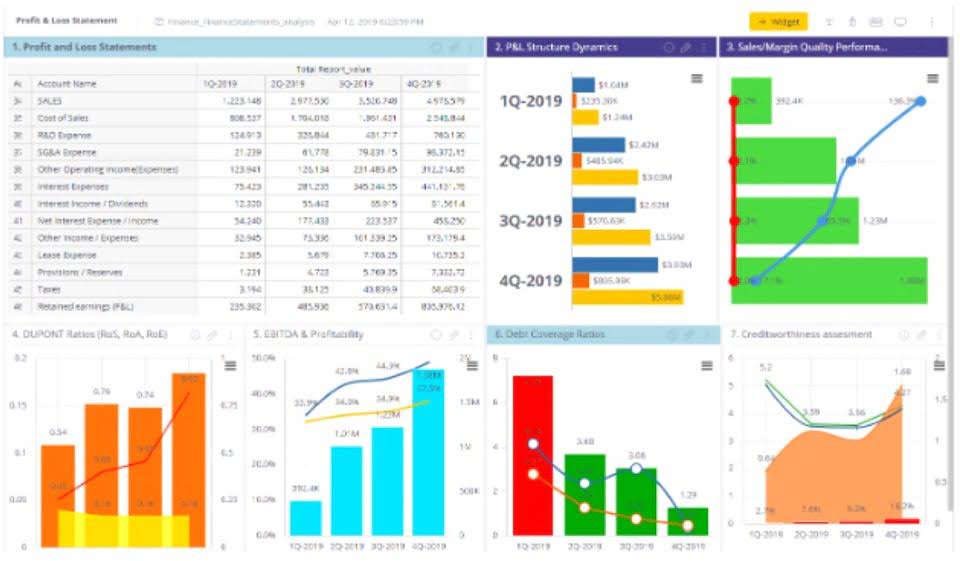4 5: Prepare Financial Statements Using the Adjusted Trial Balance Business LibreTexts
المحتويات

In our detailed accounting cycle, we just finished step 5 preparing adjusting journal entries. We will use the same method of posting (ledger card or T-accounts) we used for step 3 as we are just updating the balances. Remember, you do not change your journal entries for posting — if you debit in an entry you debit when you post. After we post the adjusting entries, it is necessary to check our work and prepare an adjusted trial balance. As with the unadjusted trial balance, transferring information from T-accounts to the adjusted trial balance requires consideration of the final balance in each account. If the final balance in the ledger account (T-account) is a debit balance, you will record the total in the left column of the trial balance.
Trial Balance Format
Adjusted Trial Balance is a list that contains all the accounts and their balances after adjustments have been made is called adjusted trial balance. The adjusted trial balance is prepared after all adjusting entries have been Journalized and posted. The adjusted trial balance shows the balances of all accounts, including those that have been adjusted, at the end of the accounting period.

The adjusted trial balance is key to accurate financial statements
The statement of retained earnings (which is often a component of the statement of stockholders’ equity) shows how the equity (or value) of the organization has changed over a period of time. The statement of retained earnings is prepared second to determine the ending retained earnings balance for the period. The https://www.bookstime.com/ statement of retained earnings is prepared before the balance sheet because the ending retained earnings amount is a required element of the balance sheet. The following is the Statement of Retained Earnings for Printing Plus. Marketing Consulting Service Inc. adjusts its ledger accounts at the end of each month.
Income Statement
Once all of the adjusting entries have been posted to thegeneral ledger, we are ready to start working on preparing theadjusted trial balance. Preparing an adjusted trial balance is thesixth step in the accounting cycle. An adjusted trialbalance is a list of all accounts in the general ledger,including adjusting entries, which have nonzero balances. Thistrial balance is an important step in the accounting processbecause it helps identify any computational errors throughout thefirst five steps in the cycle. Looking at the income statement columns, we see that all revenueand expense accounts are listed in either the debit or creditcolumn.
Treat the income statement and balance sheet columns like a double-entry accounting system, where if you have a debit on the income statement side, you must have a credit equaling the same amount on the credit side. In this case we added a debit of $4,665 to the income statement column. This means we must add a credit of $4,665 to the balance sheet column. Once we add the $4,665 to the credit side of the balance sheet column, the two columns equal $30,140.
The adjusting entries for the first 11 months of the year 2015 have already been made. The adjusting entries in the example are for the accrual of $25,000 in salaries that were unpaid as of the end of July, as well as for $50,000 of earned but unbilled sales. Financial statements give a glimpse into the operations of acompany, and investors, lenders, owners, and others rely on theaccuracy of this information when making future investing, lending,and growth decisions.
Unit 4: Completion of the Accounting Cycle

After a company posts itsday-to-day journal entries, it can begin transferring thatinformation to the trial balance columns of the 10-columnworksheet. The first method is similar to the preparation of an unadjusted trial balance. However, this time the ledger accounts are first updated and adjusted for the end-of-period adjusting entries, and then account balances are listed to prepare the adjusted trial balance.

Unadjusted Trial Balance

When it comes to the adjustment made, the adjusted trial balance sheet is left with information that is relevant for a particular period as per the information that the business organization seeks. The adjustments made, however, are classified into different categories, which adjusted trial balance example include – deferrals, accruals, missing transactions, and tax adjustments. When you prepare a balance sheet, you must first have the most updated retained earnings balance. To get that balance, you take the beginning retained earnings balance + net income – dividends.
Review and Comparison: GnuCash vs. Other Accounting Software
- Here, the adjustment will be $ 80,000.00 as the total salary payable is $ 80,000.
- We are using the same posting accounts as we did for the unadjusted trial balance just adding on.
- As the name suggests, it includes deductions with respect to the tax liabilities.
- Once all necessary adjustments are made, a new second trial balance is prepared to ensure that it is still balanced.
- The adjusting entries for the first 11 months of the year 2015 have already been made.
For example, Celadon Group misreported revenues over the span of three years and elevated earnings during those years. This gross misreporting misled investors and led to the removal of Celadon Group from the New York Stock Exchange. Not only did this negatively impact Celadon Group’s stock price and lead to criminal investigations, but investors and lenders were left to wonder what might happen to their investment.

